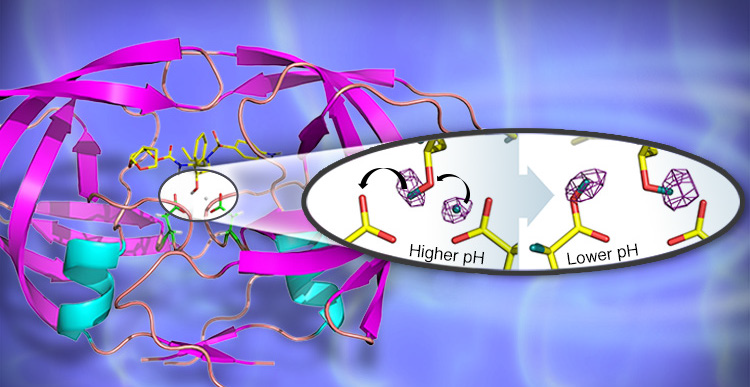Neutrons for the Biotech Industry
Facultad de Educación

Neutrons are a non-destructive way of investigating biological and biotechnological materials. They can be used to study membranes, interfaces, surface morphology, solubility, macroscopic properties, crystal structure, colloids and much more. Neutrons can also locate individual hydrogen atoms on biological molecules and determine interactions between drug-molecules and their binding sites in the target. For more ideas of how neutrons can be used in biotechnology, please read our Case Studies.
Join us at the Aragon Materials Science Institute, ICMA (CSIC - University of Zaragoza) for SINE2020’s Neutrons for the Biotech Industry event where you can find out how neutrons can help your company and your research. At this event you will meet experts from the field of neutron scattering who will introduce you to several examples in their presentations. They will also be ready to discuss your particular questions in topic-related working groups. Learn also how to take advantage of our free proof-of-concept/feasibility studies via the SINE2020 programme.
Start: 13.00 Thursday 28th March 2019
End: 13.30 Friday 29th March 2019
Programme: Presentations and workshops on applications for neutron analytical techniques in the field of Biotechnology. More details coming soon.
Registration is FREE and the event also includes dinner on Thursday evening.
For more information about the SINE2020 project visit our website www.sine2020.eu.
We are looking forward to welcoming you in March.
SINE2020 Industry Consultancy Team
Organising committee:
Javier Campo (ICMA)
Jesús Martínez de la Fuente (ICMA)
Germán Romeo (ICMA)
Mari Carmen Gámez (ICMA)
Lucy Moorcraft (TU Munich, GER)
Marc Thiry (Helmholtz-Zentrum Geesthacht, GER)
(Picture Credit: Oak Ridge National Laboratory)
